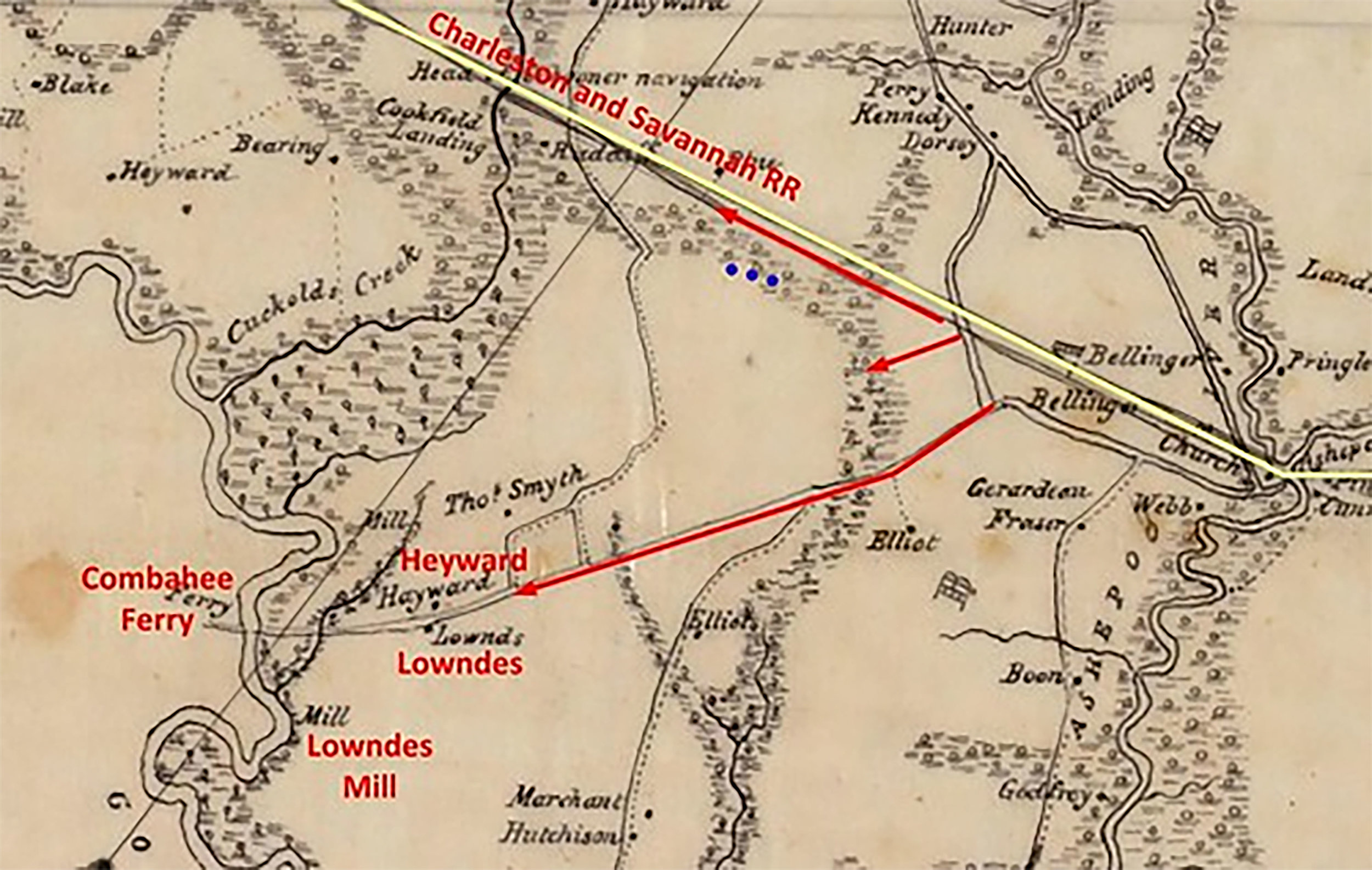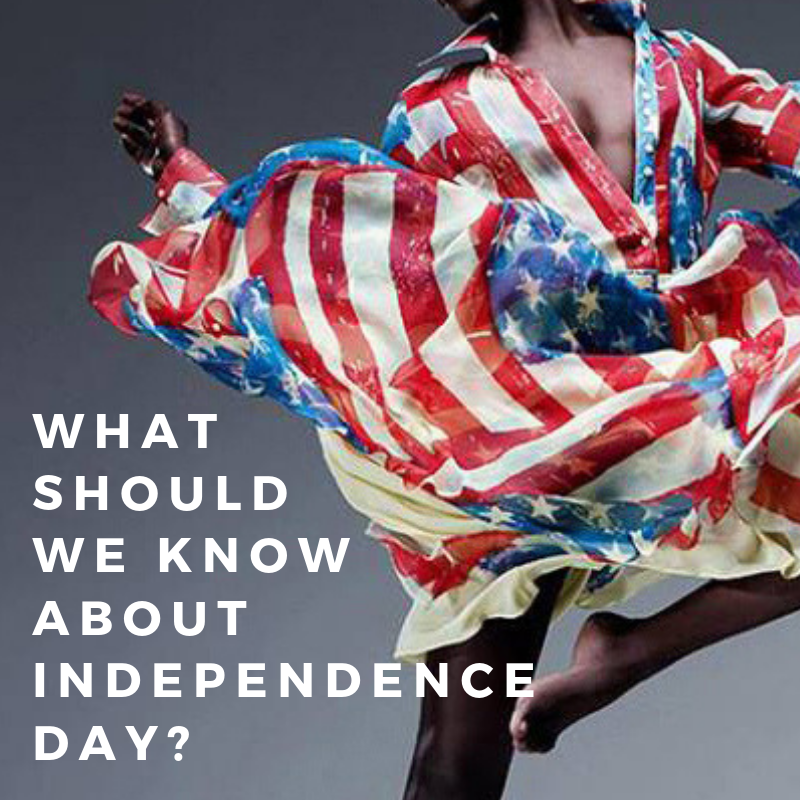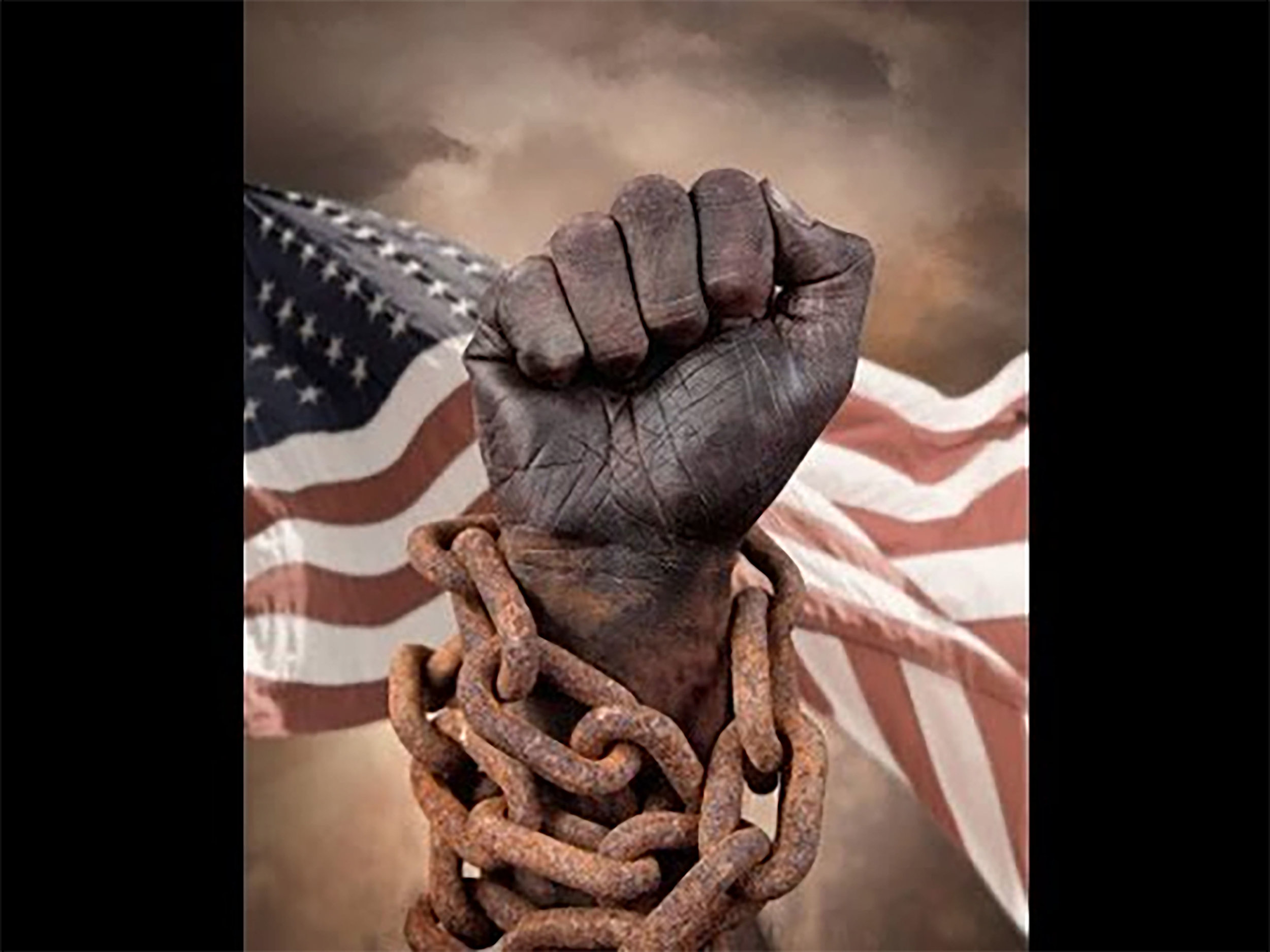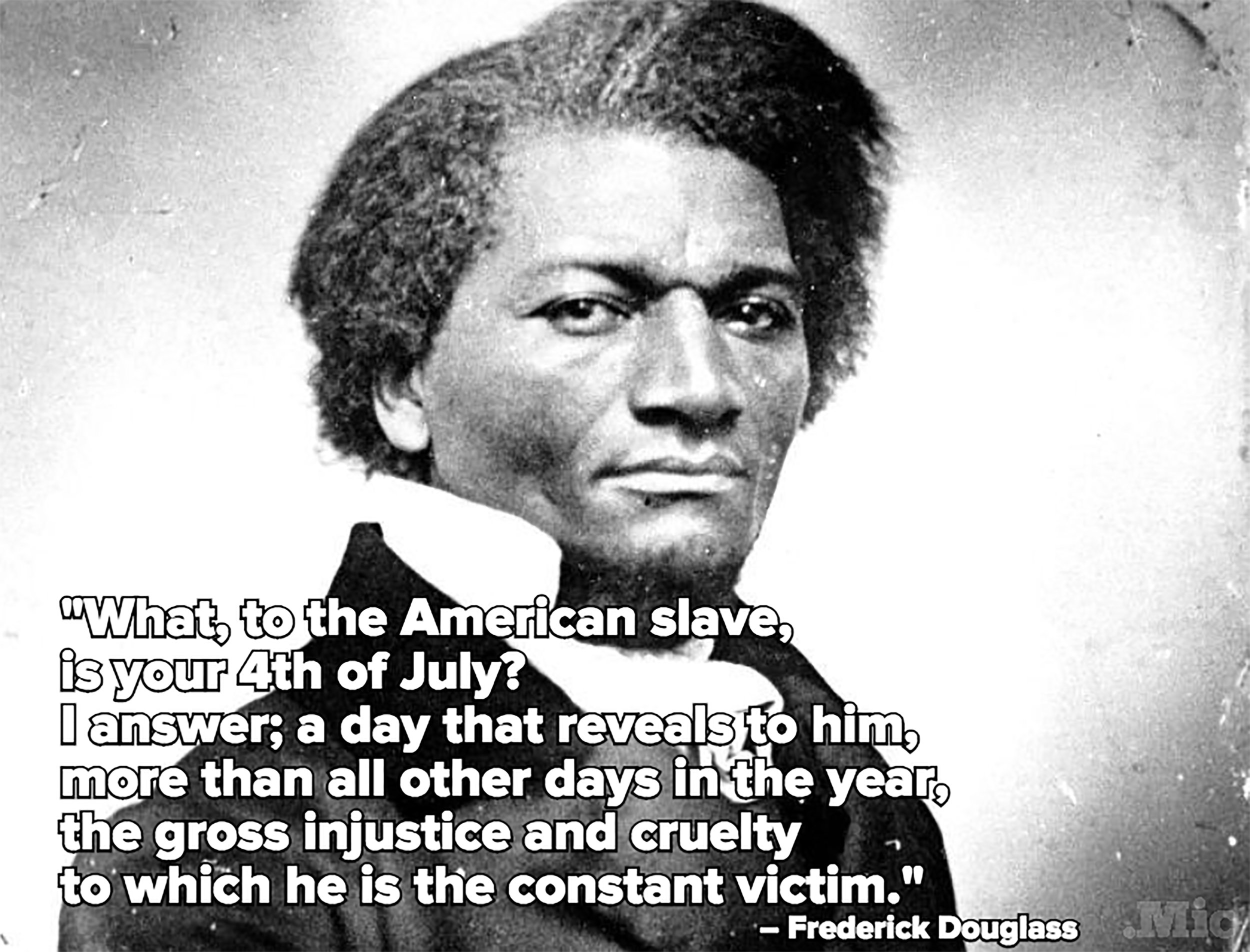My boys were introduced to Static Shock, the television series this summer. Like most kids, they love ‘superhero’s but they also typically ‘don’t understand any show that ‘isn’t filmed in high definition. However, they love this show and look forward to each episode. If you are not familiar with this black superhero, you should check it out! The main question I have is, Static is overdue for a reboot or a film. Why ‘hasn’t it been done?
Who is Static?
Static is a fictional black superhero who appears in American comic books published by DC. Comics. Milestone Comics created Static. They are an independently-owned imprint of DC Comics founded by Dwayne McDuffie, (who passed away on Feb 21, 2011, at the age of 49), Denys Cowan, Michael Davis, and Derek Dingle. McDuffie and Robert L. Washington III initially wrote it and illustrated by John Paul Leon. However, the creation of Static was a group effort, according to McDuffie.
Static’s character, Virgil Hawkins, was named after Virgil D. Hawkins. He was a black man who was denied entrance to the University of Florida’s law school in 1949 because he was black. Milestone published its first release of Static in June of 1993. However, the Warner Brothers (WB) animated series Static Shock, which aired for four seasons led to the 2001 comic book miniseries Static Shock: Rebirth of the Cool. Static was incorporated into the D.C. Universe and became a member of the Teen Titans.
Static Shock?
One of the many co-creators of the successful Cartoon Network animated series “Static Shock!’, It was the only animated superhero series with a black lead that is not part of an ensemble, as with Cyborg or Green Lantern until Black Panther in 2010. Static was also the first black D.C. character to have his own show. Static after the end of the New 52; he had a brief cameo in Teen Titans.
Who is Michael Davis?
Michael Davis later became president and CEO of Motown Animation and Filmworks. His first move as CEO was to start a comic book line to create a universe of characters and content for multiple media platforms. He was involved in the development of T.V. shows at Disney, ABC, W.B., and Fox. Cousin Skeeter, developed at Motown, ran from 1998 to 2001 on Nickelodeon. Static Shock, the hit Emmy award-winning animated show originally ran from 2000 to 2004 on the W.B. He is the author of the comics based reading program ‘The Action Files’, and one of the brains behind the Magic Media reading program and the Los Angeles Comics Arts Festival. By 2006, Davis began an association with the black publisher Urban Ministries Inc. and created the Christian comic book line ‘The Guardian Line’ that features titles like ‘Code,’ ‘Jesse,’ ‘Joe’ and ‘The Messenger.’
[youtube=://www.youtube.com/watch?v=0FZMTgKsw0Q&w=854&h=480]
The controversy
My husband attended San Diego Comic-Con a few weeks ago and sat in on the Black Panel with co-creator Michael Davis. Davis announced to his audience his ongoing issues with DC Comics because he thinks there is a conspiracy to keep Static down. He claims they DC is doing this so they won’t pay him. He signed a nondisclosure agreement with Warner Brothers (WB) stating he can’t get work for any W.B. company or affiliate, which is standard. However, W.B. has a court case saying broke this agreement.
Other creators collaborated again and left him out of plans to reboot Milestone Media. In 2017, a reboot of Milestone 2.0 was launched with but without Davis. However, this resulted in a lawsuit, not from Davis but the widow of McDuffie, Charlotte Fullerton. According to Variety, she claimed that the ‘company’s new leadership had completely ignored her late ‘husband’s share of Milestone Media. Davis wrote a column detailing his feelings on being left out of this reboot in Michael Davis: Milestone 2.0 – I Was There, I ‘Didn’t Get It.
Visit – https://tellersuntold.com/
(adsbygoogle = window.adsbygoogle || []).push({});
Unknown sources at Comic-Con stated that there are rumors that Davis may be mentally unstable. Davis regularly wrote about depression and suicidal thoughts in His Bleeding Cool column. In past conventions, attendees have witnessed Davis saying.
Why ‘hasn’t Static become mainstream media success?
With the popularity of Netflix Luke Cage, the movie Black Panther and hit television series Black Lighting, what happened to Static? ‘It’s obvious Static is popular with fan clubs and even fans making their Static Shock trailer with a budget of $3,000. Why ‘isn’t D.C. moving on this prime opportunity?
(adsbygoogle = window.adsbygoogle || []).push({});
[youtube=://www.youtube.com/watch?v=5n24JyIgLj4&w=854&h=480]


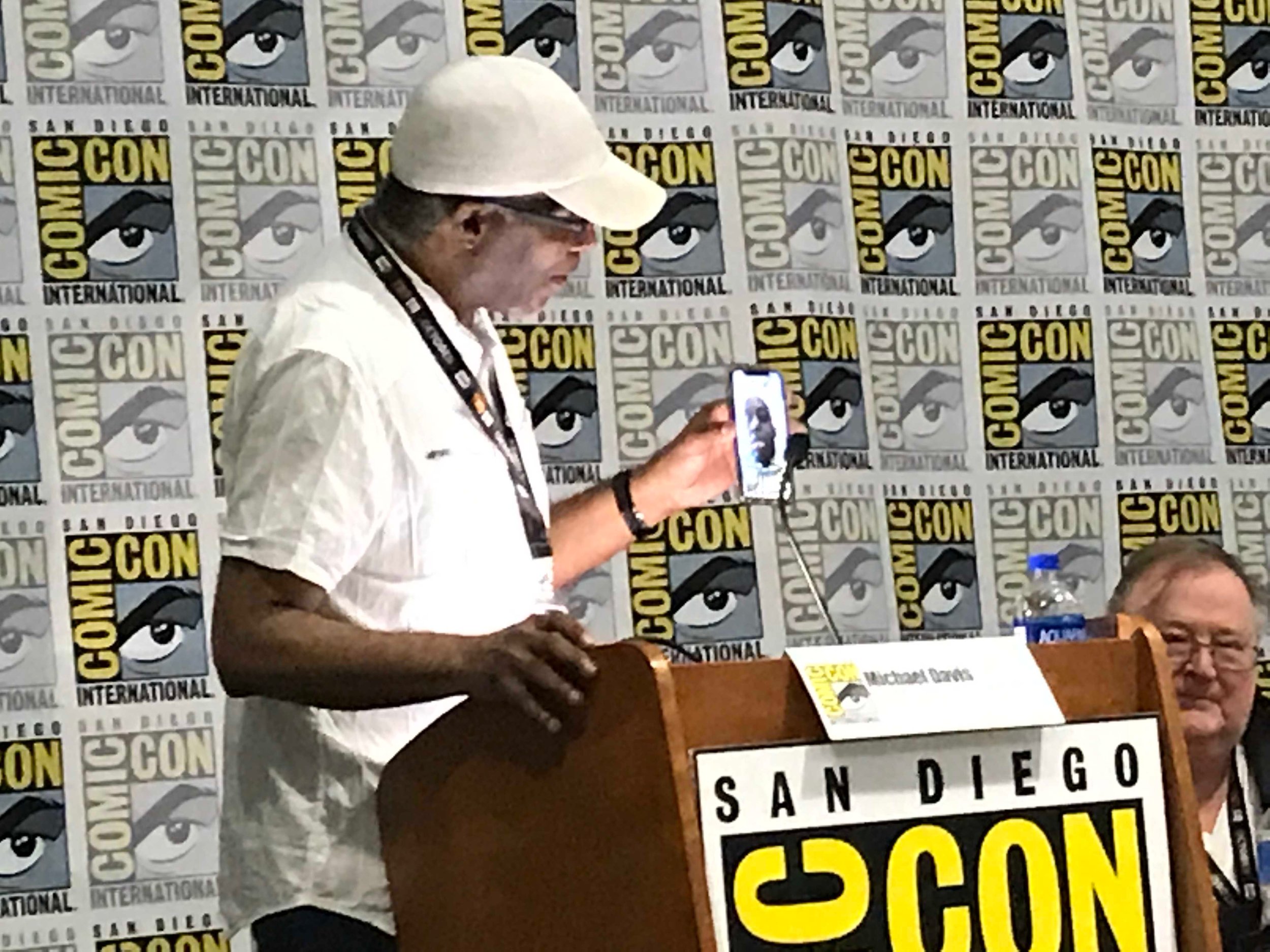

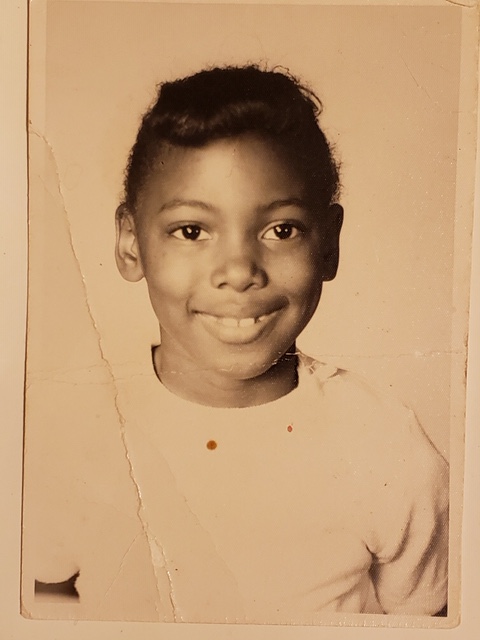
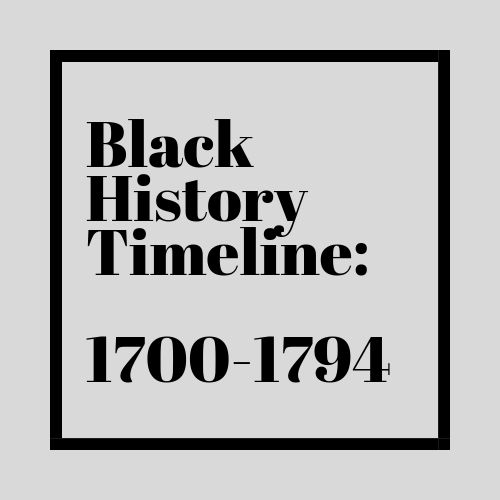
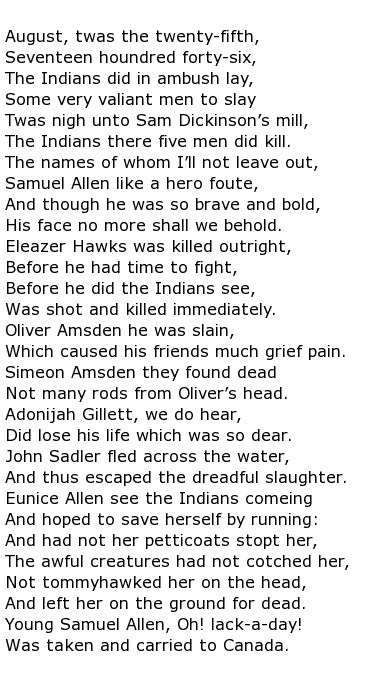 The only poem that has survived, Bars Fight, is a true story about the killing of two white families by Native Americans. – Lucy Terry Prince
The only poem that has survived, Bars Fight, is a true story about the killing of two white families by Native Americans. – Lucy Terry Prince
 Silver Bluff Baptist Church
Silver Bluff Baptist Church
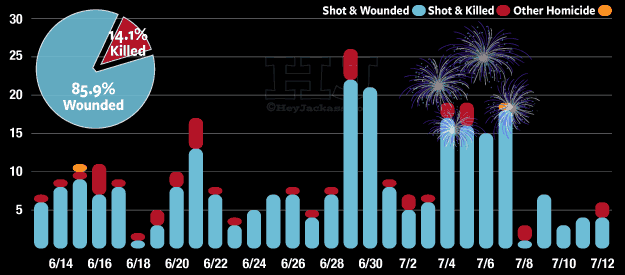 Jackass.com
Jackass.com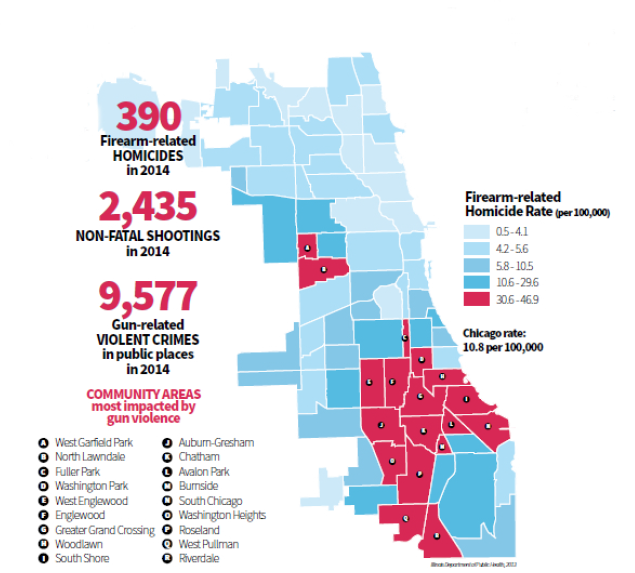 PBS.com
PBS.com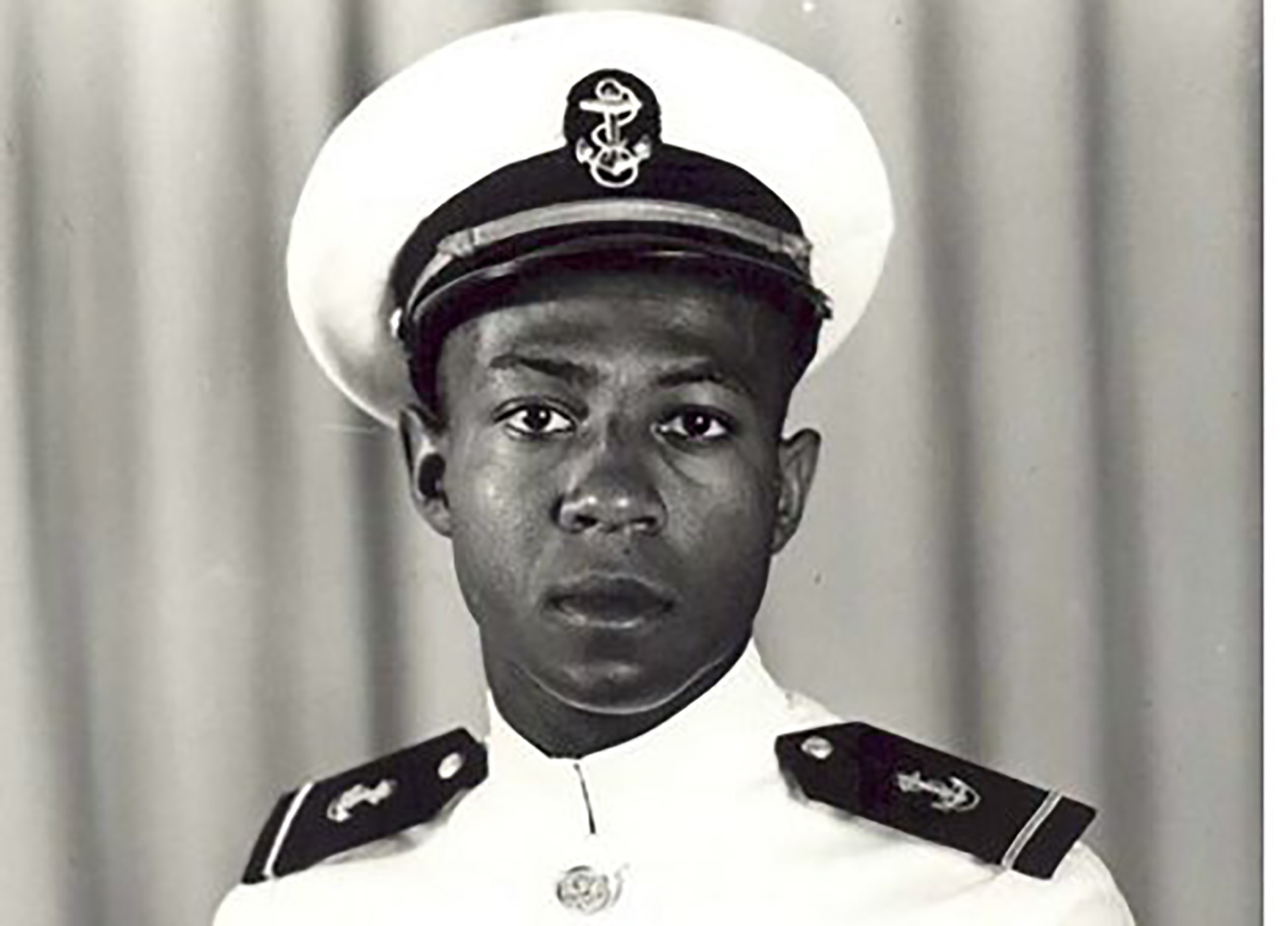
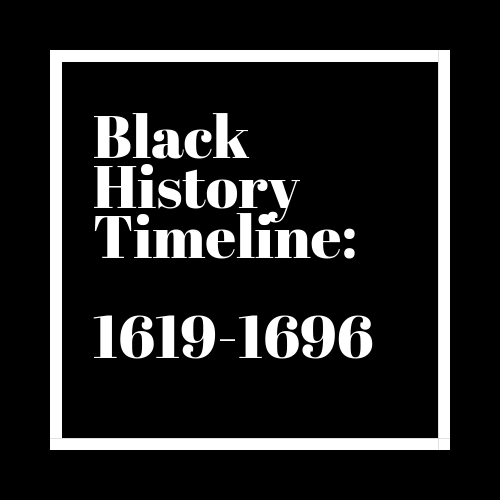
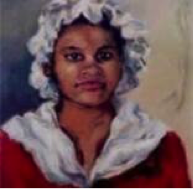
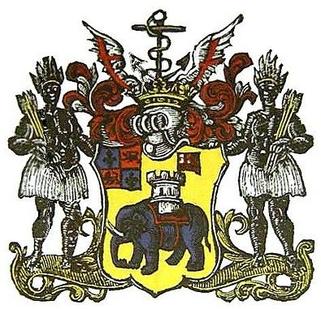
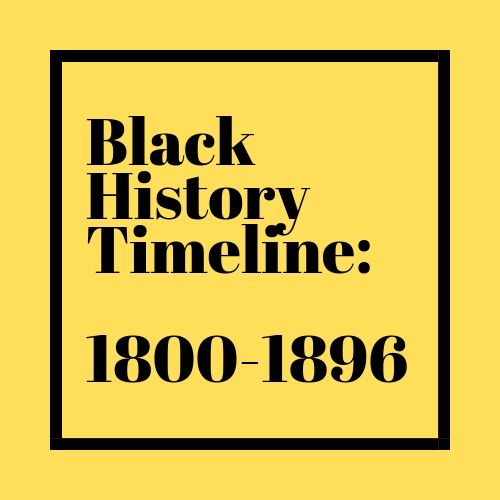
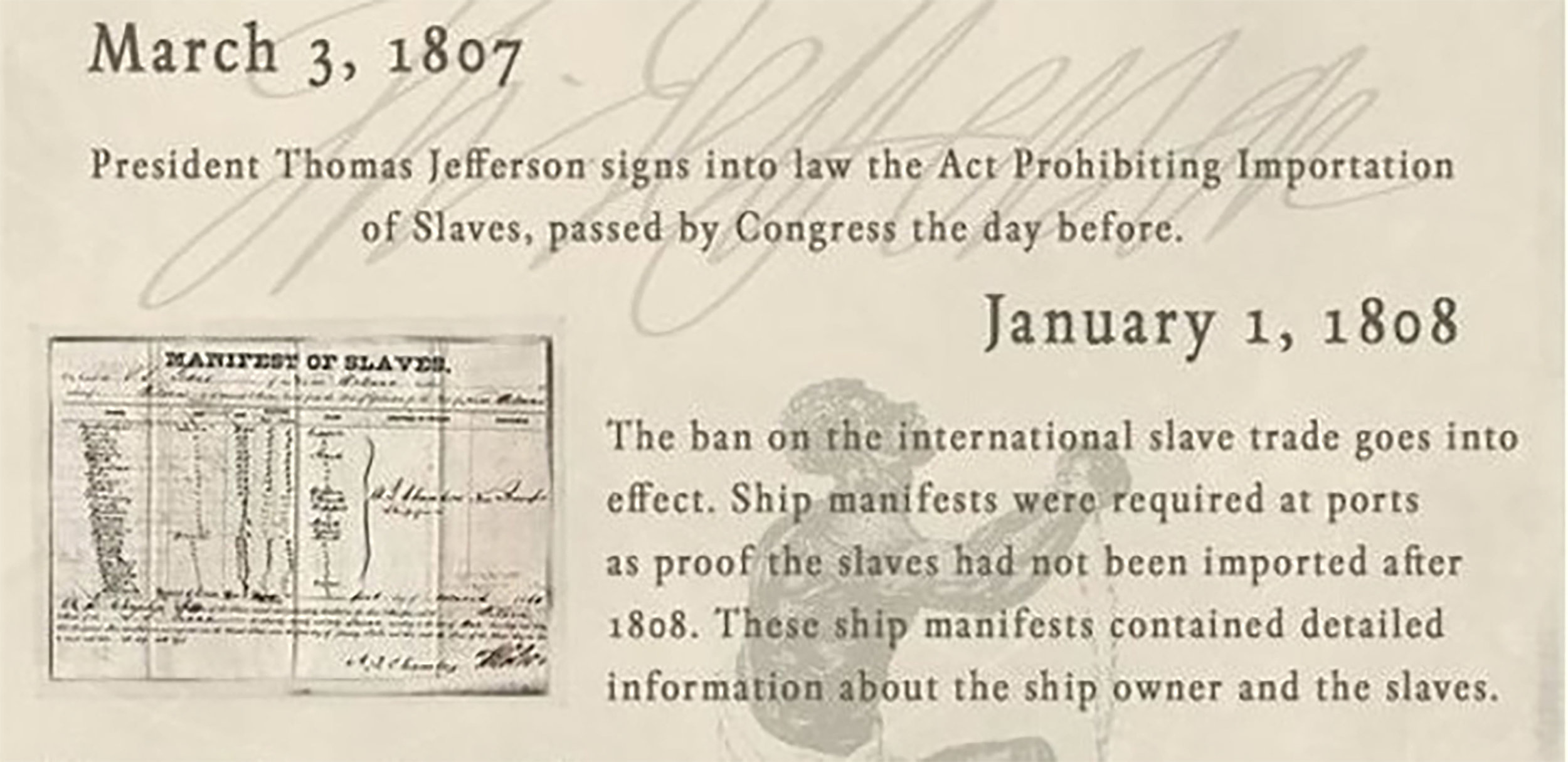

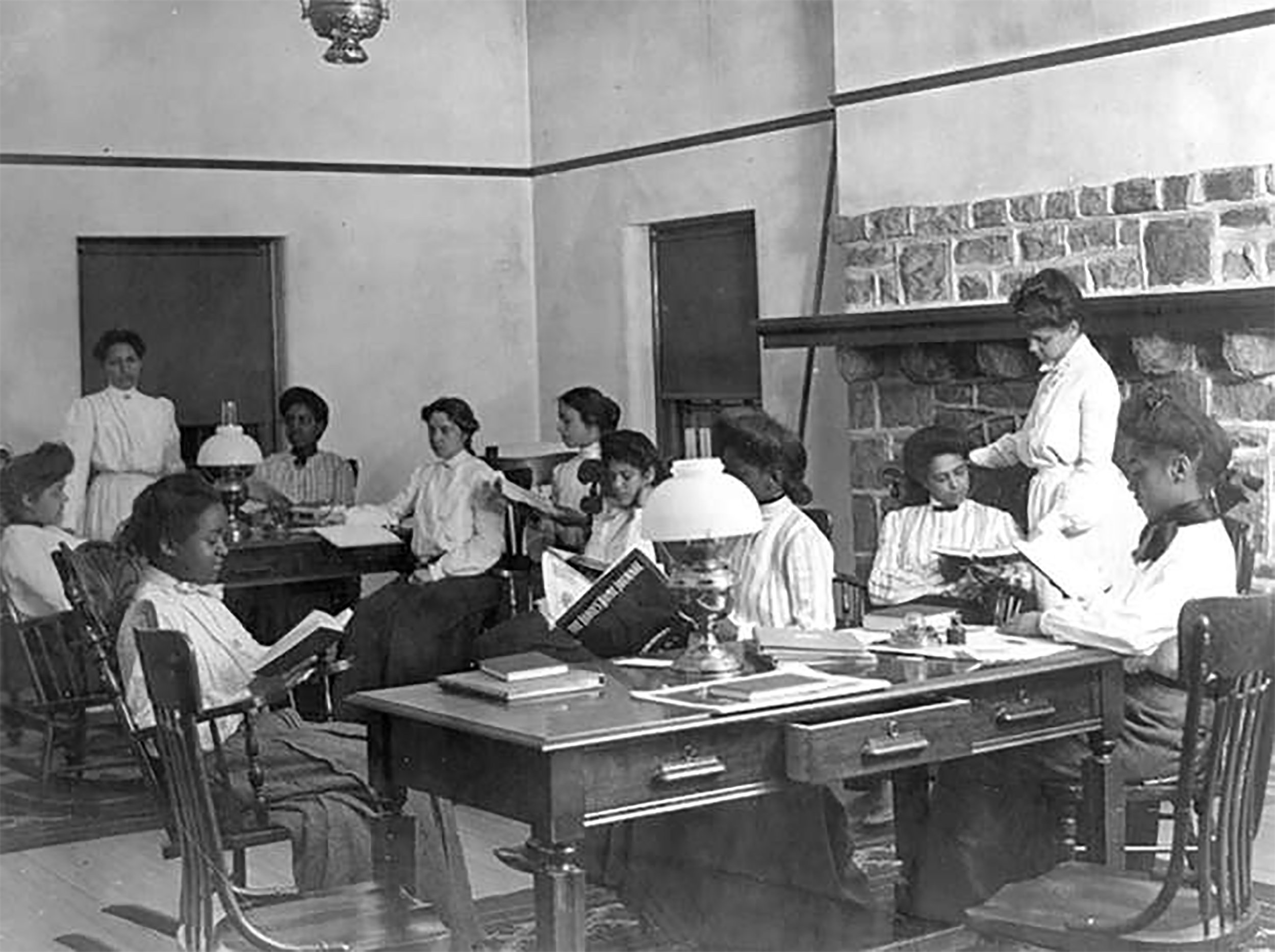

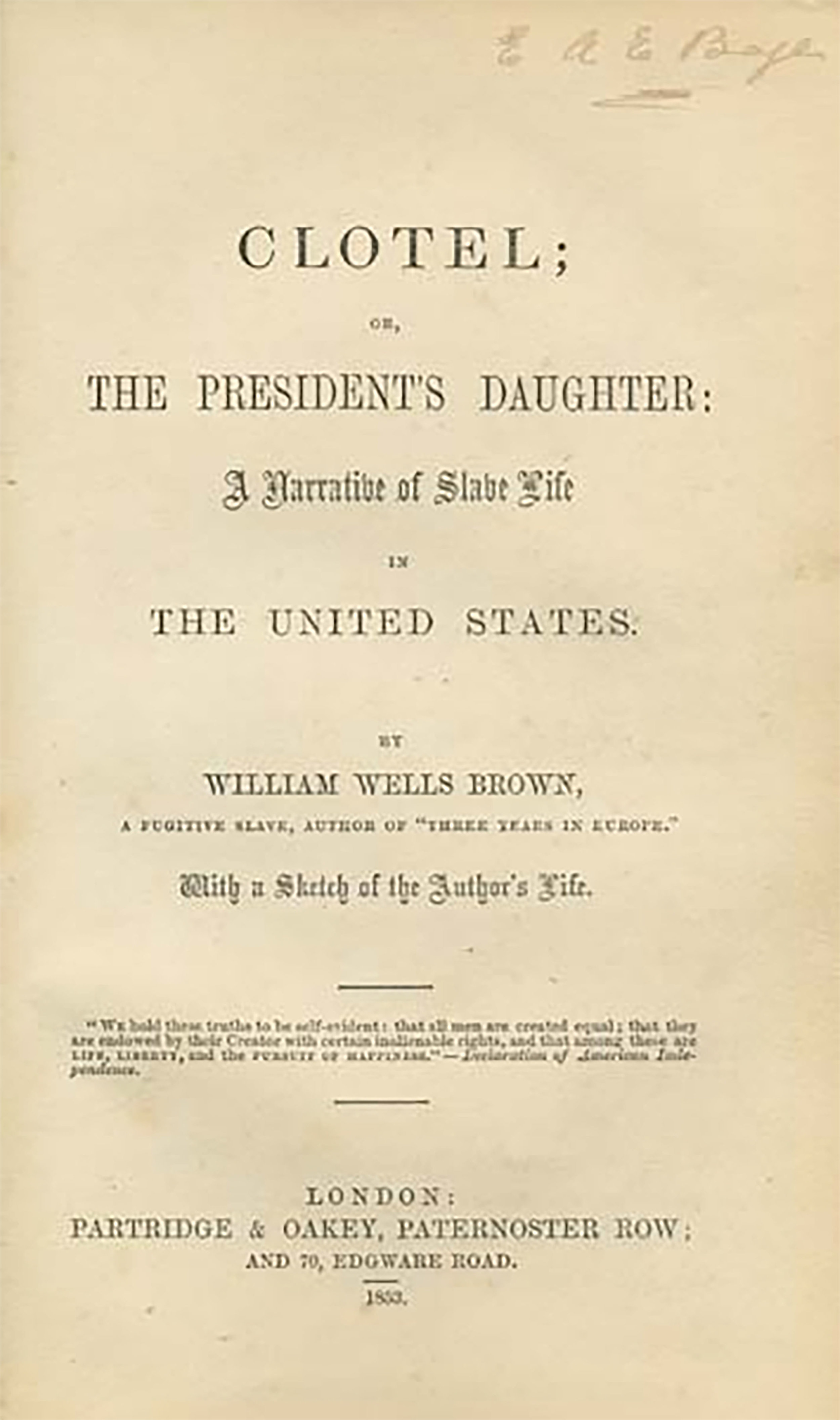
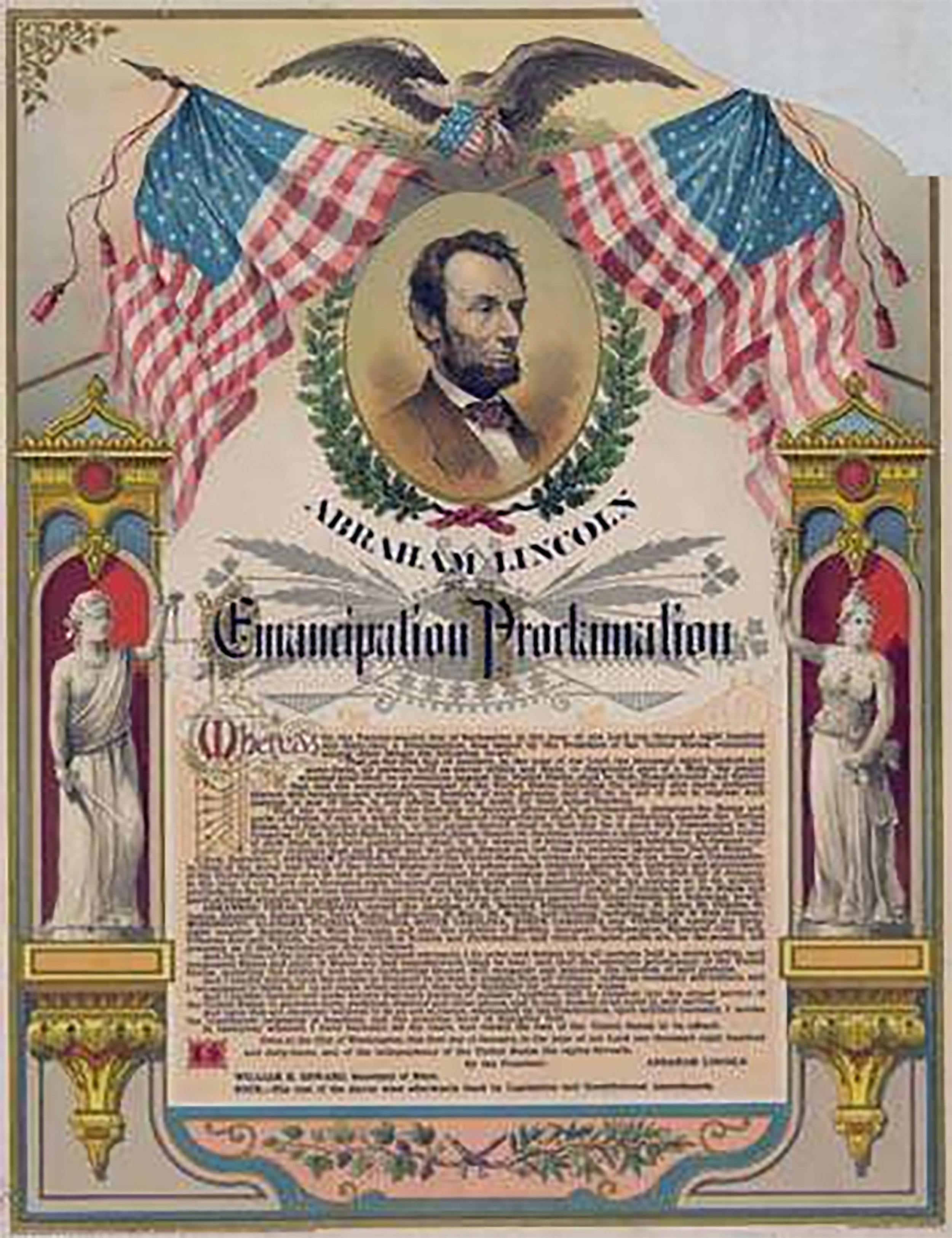 Photo Credit: Library of Congress
Photo Credit: Library of Congress